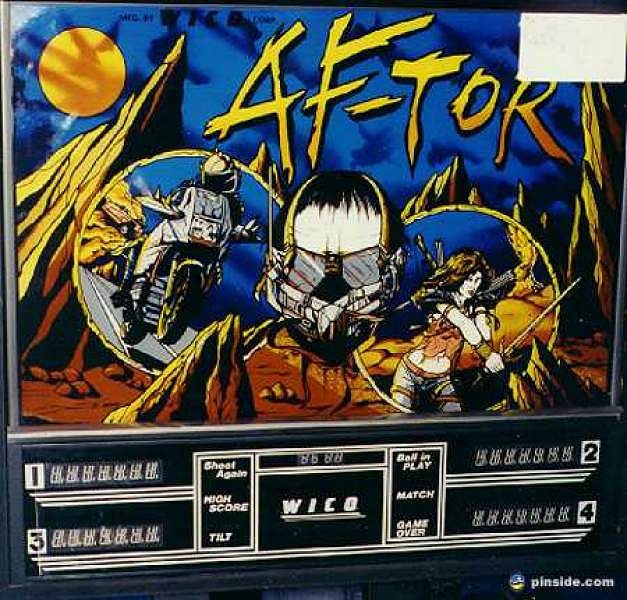


This is the first pinball machine from any manufacturer to be produced with alpha-numeric displays. It was used to spell out words and messages in addition to scores. The Wico manual referred to the upper wireform gates as "programmable" as if to suggest that there are operator options for them. However, the manual has no such operator options. The gates each have a coil to open and close them and are under exclusive programmed control by the CPU. The manual also referred to all three solitary drop targets as "programmable drop targets" each having a small coil used to drop the target under programmed control of the CPU. Here, however, they do indicate an operator option but only for one of the three targets, the one in the left outlane (per page 18 of the manual) to place it in the up position at the start of every ball. Reportedly, in Early Production games, both left and right outlane drop targets had trouble with their operation causing the removal of the small coil during production. This trouble should also have affected the solitary drop target in front of the kick-out hole such that we would expect its small coil to have been removed as well. The manual does have a parts drawing for both the version with the small coil (the programmable version) and the version without the small coil (used for the E-S-C and A-P-E drop targets). Artist Constantino Mitchell told us that Wico kept the designer's identity a secret. His wife Jeanine did all the color work for the backglass, playfield, plastics, and cabinet. She also modeled for the artwork. An earlier game, Williams' 1981 'Hyperball', had an alpha-numeric display but is Not A Pinball.
Loading leaderboard...